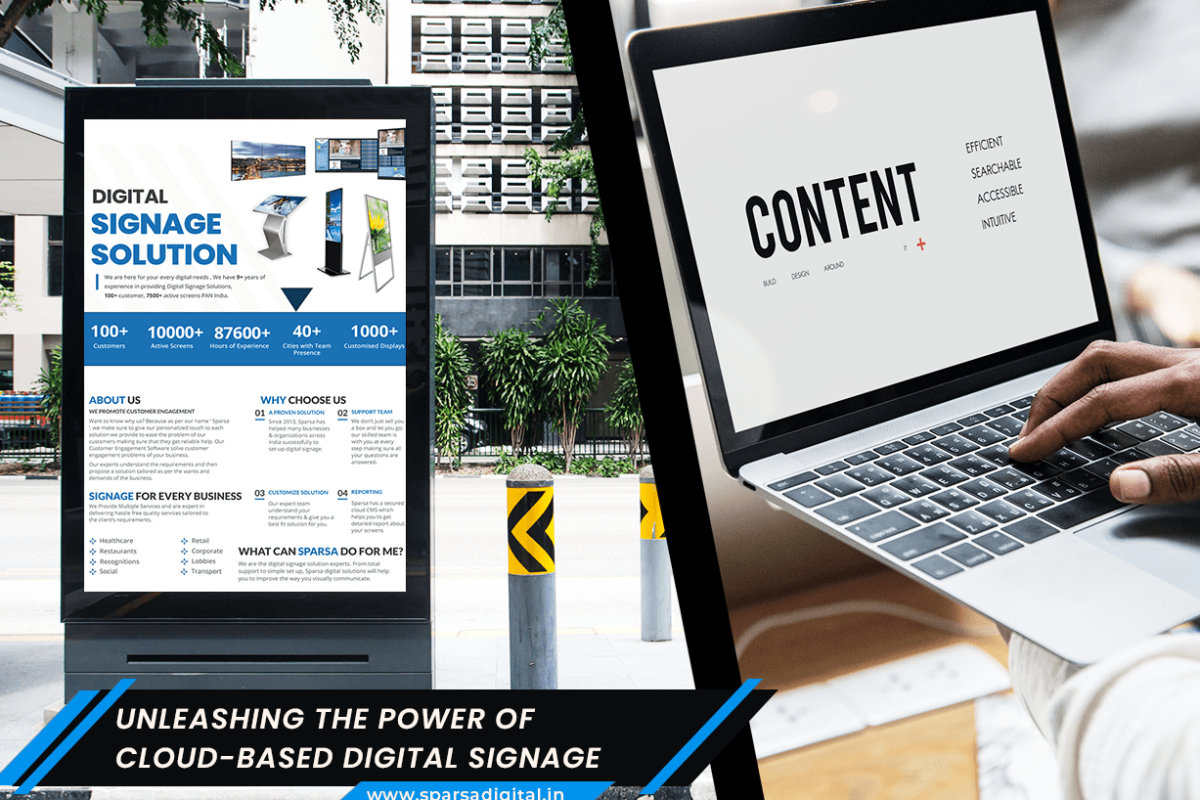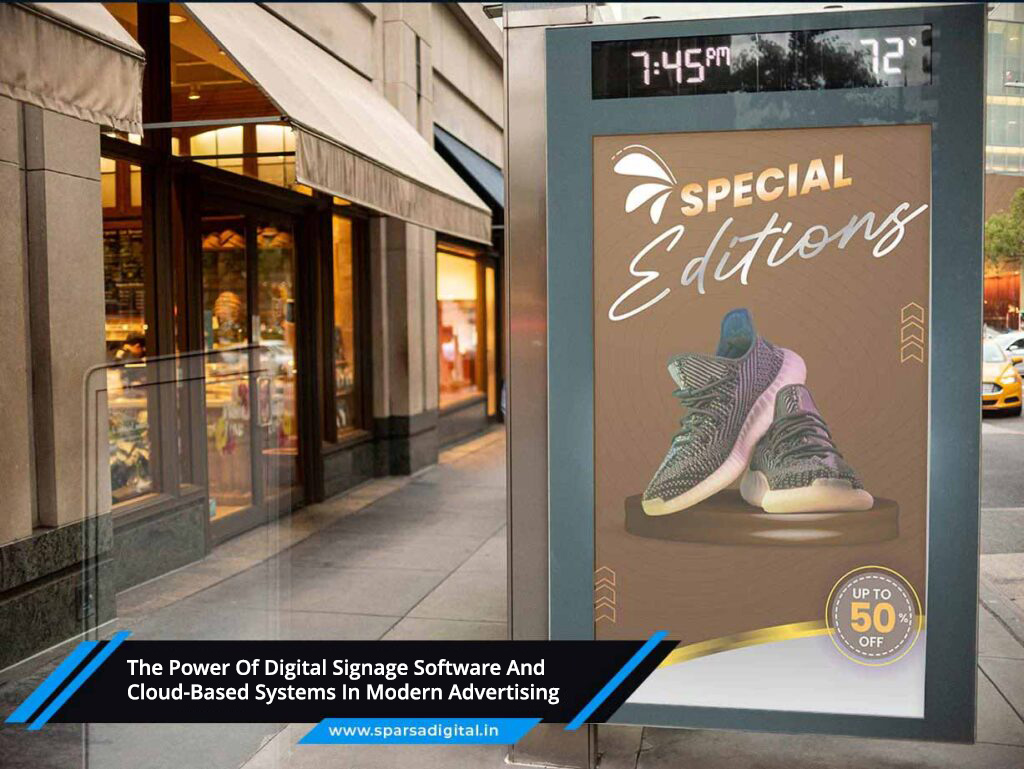In today’s fast-paced and visually driven world, effective communication is paramount. Businesses and individuals are constantly seeking innovative ways to capture attention and convey information. Two emerging display technologies, hanging displays and mini displays, are reshaping the visual communication landscape. In this blog post, we will delve into the world of hanging displays and mini displays, exploring their features, applications, and the impact they have on visual communication.
Hanging Displays
- Understanding Hanging Displays
Hanging displays are large-scale digital displays suspended from ceilings or overhead structures. They are designed to maximize visibility and captivate audiences in high-traffic areas. These displays utilize various technologies, such as LED, LCD, or projection, to deliver vibrant and eye-catching content.
- Features and Benefits of Hanging Displays
a. Unobstructed Visibility: Being suspended from above, hanging displays provide unobstructed views for audiences, making them ideal for crowded spaces where floor space is limited.
b. Dynamic Content Delivery: Hanging displays offer the ability to showcase dynamic content, including videos, animations, and interactive elements. This flexibility allows businesses to engage and communicate with their target audience effectively.
c. High-Visibility Branding: Hanging displays serve as attention-grabbing branding tools, enabling businesses to showcase their logos, messages, and promotional content in a visually compelling manner.
d. Architectural Integration: Hanging displays can be seamlessly integrated into various architectural environments, complementing the overall design and aesthetics of the space.
- Applications of Hanging Displays
a. Retail Environments: Hanging displays are widely used in retail spaces to promote products, highlight special offers, and create immersive shopping experiences. They can be strategically placed to guide customers and enhance brand visibility.
b. Trade Shows and Exhibitions: Hanging displays play a crucial role in trade shows and exhibitions, drawing attention to booths and conveying key messages. They help exhibitors stand out in crowded venues and leave a lasting impression on attendees.
c. Airports and Transportation Hubs: Hanging displays in airports and transportation hubs provide vital information, such as flight details, directions, and promotional content. They improve wayfinding and enhance the overall passenger experience.
d. Event Venues: Hanging displays are often deployed in event venues, such as convention centers and stadiums, to enhance audience engagement and provide visual experiences during concerts, conferences, and sporting events.
Mini Displays
- Understanding Mini Displays
Mini displays are compact digital screens with small form factors, designed for portability and versatility. They are commonly found in wearable devices, smartphones, tablets, digital signage, and IoT devices. Despite their small size, mini displays offer impressive visual capabilities.
- Features and Benefits of Mini Displays
a. Portability and Mobility: The small size of mini displays allows for easy portability, making them ideal for on-the-go communication and personal devices.
b. Information Accessibility: Mini displays provide quick access to important information, notifications, and updates, enabling users to stay informed and connected in real-time.
c. Personalized User Experiences: Mini displays offer personalized experiences by delivering targeted content, customized interfaces, and interactive elements. This enhances user engagement and satisfaction.
d. Integration with IoT: Mini displays are often integrated into IoT devices, creating a seamless connection between physical and digital realms. They enable users to control and monitor connected devices effortlessly.
- Applications of Mini Displays
a. Wearable Devices: Mini displays are a fundamental component of smartwatches, fitness trackers, and augmented reality (AR) glasses. They provide users with at-a-glance information, notifications, and fitness data on their wrists or in their field of view.
b. Mobile Devices: Mini displays are ubiquitous in smartphones and tablets, serving as the primary interface for users to access apps, browse the internet, and consume media.
c. Digital Signage: Mini displays find application in digital signage solutions, such as interactive kiosks and digital notice boards. They deliver targeted messages and advertisements to specific locations, improving customer engagement and brand awareness.
d. IoT Devices: Mini displays are integrated into various IoT devices, such as smart home controllers, home security systems, and connected appliances. They enable users to interact with and control their IoT ecosystem conveniently.
Conclusion
Hanging displays and mini displays are transforming the way we communicate visually. Hanging displays captivate audiences with their large-scale presence and dynamic content delivery, while mini displays offer portability, personalized experiences, and integration with IoT devices. Both technologies have found applications in diverse settings, from retail spaces and trade shows to airports and wearable devices. As visual communication continues to evolve, the versatility and impact of hanging displays and mini displays will undoubtedly play a pivotal role in shaping the future of communication and information dissemination.
Wondering where to get started? Connect with our team of super talented humans at Sparsa Digital. Unleash the best of digital signage to give a new life to your business, and take your profits to the next level. Book an appointment with us today.





